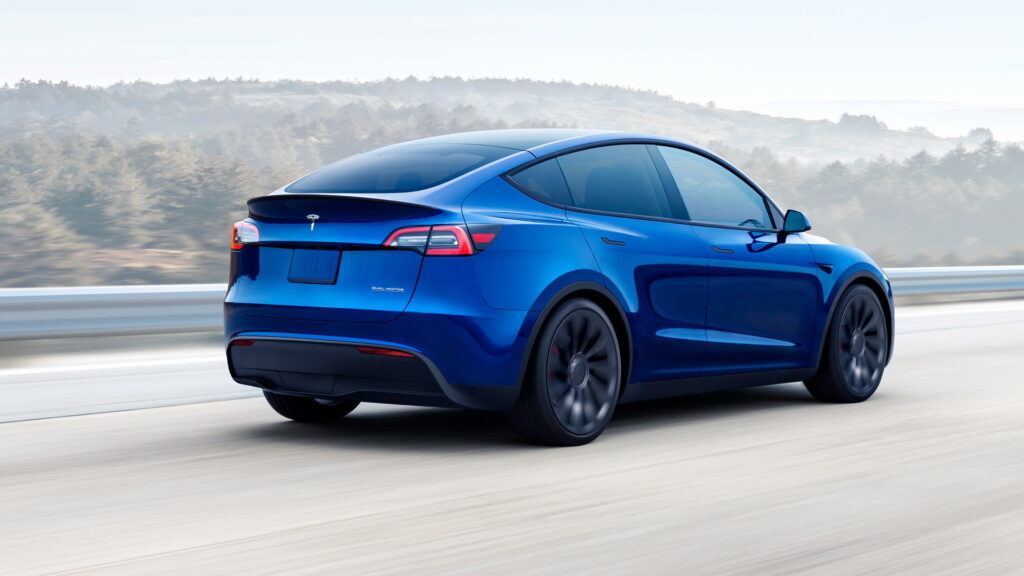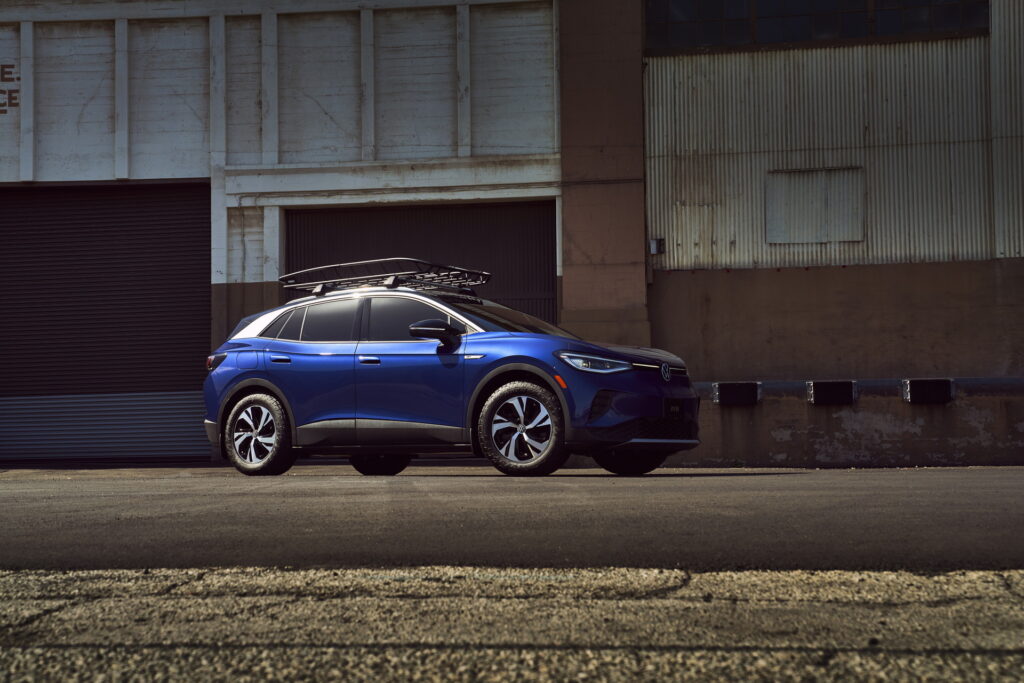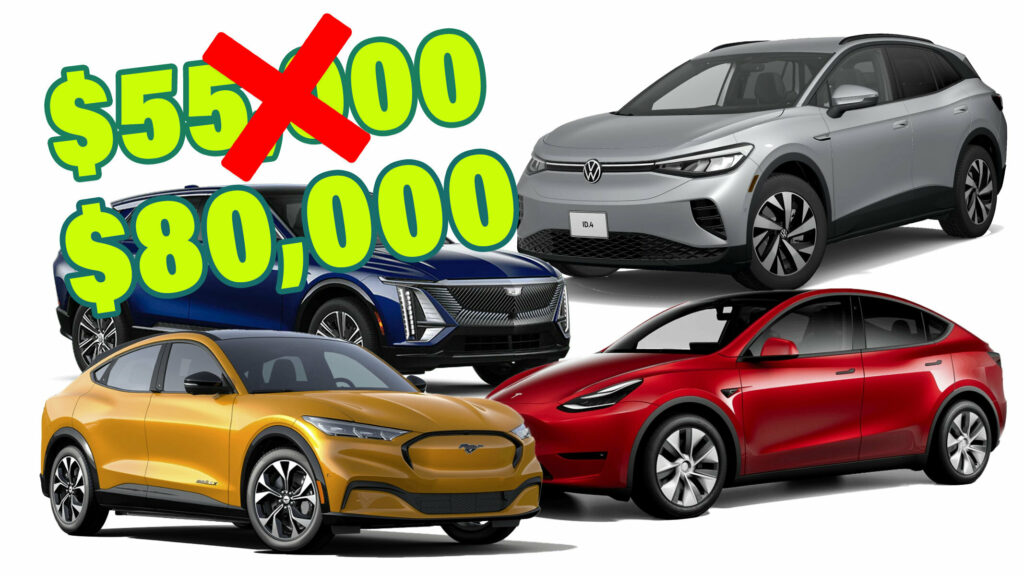Consumers and automakers have succeeded in convincing the U.S. Treasury Department to reassess how it classifies electric vehicles for the purposes of applying tax credits. That means, for example, that all Tesla Model Ys are now considered SUVs and qualify for $7,500 in incentives, not just the rare three-row version.
“To make it easier for consumers to know which vehicles qualify under the applicable MSRP cap, Treasury is updating the vehicle classification standard to use the consumer-facing EPA Fuel Economy Labeling standard, rather than the EPA CAFE standard,” the department wrote in a press release today. “This change will allow crossover vehicles that share similar features to be treated consistently.”
The Treasury raised eyebrows on December 29 when it revealed which vehicles would and would not qualify for credits under expanded legislation proposed in the Inflation Reduction Act. Eagle-eyed consumers noticed that the Internal Revenue Service’s (IRS) list of vehicles (toward which the Treasury pointed consumers for more information) was inconsistent.
Read: Here’s How The IRS (Used To) Classify Vehicles For The EV Tax Credit

Under those classifications, some Tesla Model Ys were eligible for tax credits while others weren’t, and the RWD Volkswagen ID.4 was considered a car, while the AWD version was considered an SUV.
That was due to how the Treasury decided to classify vehicles, choosing to use definitions provided under the Corporate Average Fuel Economy (CAFE) ratings. Although these were determined by the Environmental Protection Agency (EPA), they differed from the classifications in consumer-oriented EPA documents. That meant that although the agency defined all ID.4s as SUVs on its website fueleconomy.gov, it, apparently, doesn’t when it comes to determining CAFE compliance.
Why It Maters
The distinction between SUVs and other vehicles matters because cars are only eligible for $7,500 federal EV tax incentives if their MSRP is lower than $55,000. Larger vehicles, meanwhile, can qualify for incentives if their MSRP is lower than $80,000.
According to the IRS, the MSRP is “the base retail price suggested by the manufacturer, plus the retail price suggested by the manufacturer for each accessory or item of optional equipment physically attached to the vehicle at the time of delivery to the dealer.” That does not, however, include taxes, dealer add-ons, or, importantly, those sneaky delivery charges. All vehicles must also have their final assembly accomplished in North America.

What Has Changed
Under these new rules, the following went from only qualifying for incentives if their MSRP was lower than $55,000, to now being eligible up to an MSRP of $80,000:
Ford Mustang Mach-E
Cadillac Lyriq
Lincoln Corsair Grand Touring
Tesla Model Y Long Range – 5 seat (2-rows)
Tesla Model Y Performance – 5 seat (2-rows)
Volkswagen ID.4 (basically all ID.4s now qualify)
Volkswagen ID.4 Pro S
Volkswagen ID.4 S
The Treasury adds that all consumers who purchased an electric vehicle as of January 1, 2023, will be able to claim the credit as defined by these new standards, even if their vehicle didn’t qualify according to the old CAFE-based set of rules.
Unfortunately, some uncertainty remains, despite this clarification. Guidance on which vehicles qualify for incentives based on the origin of the minerals used in the production of their batteries isn’t set to be made public until March. It is unclear which vehicles will qualify for incentives when the treasury announces those rules.
The full list of vehicle eligibility, based on MSRP, can be found below.
Note: The IRS said that Acura, Honda, Hyundai, Jaguar, Kia, Mazda, Mercedes, Mitsubishi, Polestar, Porsche, Subaru and Toyota have “entered into a written agreement with us” to become a “qualified manufacturer” but have not yet submitted a list of specific makes and models that are eligible.




